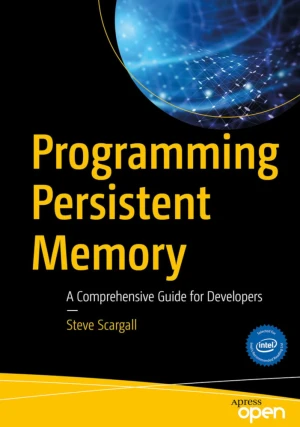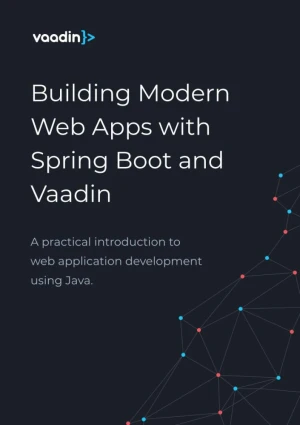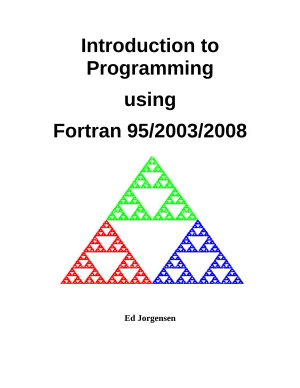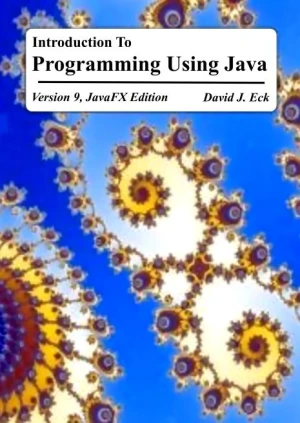Eloquent JavaScript, 3rd Edition
A Modern Introduction to Programming
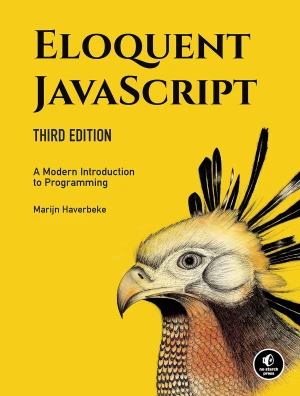
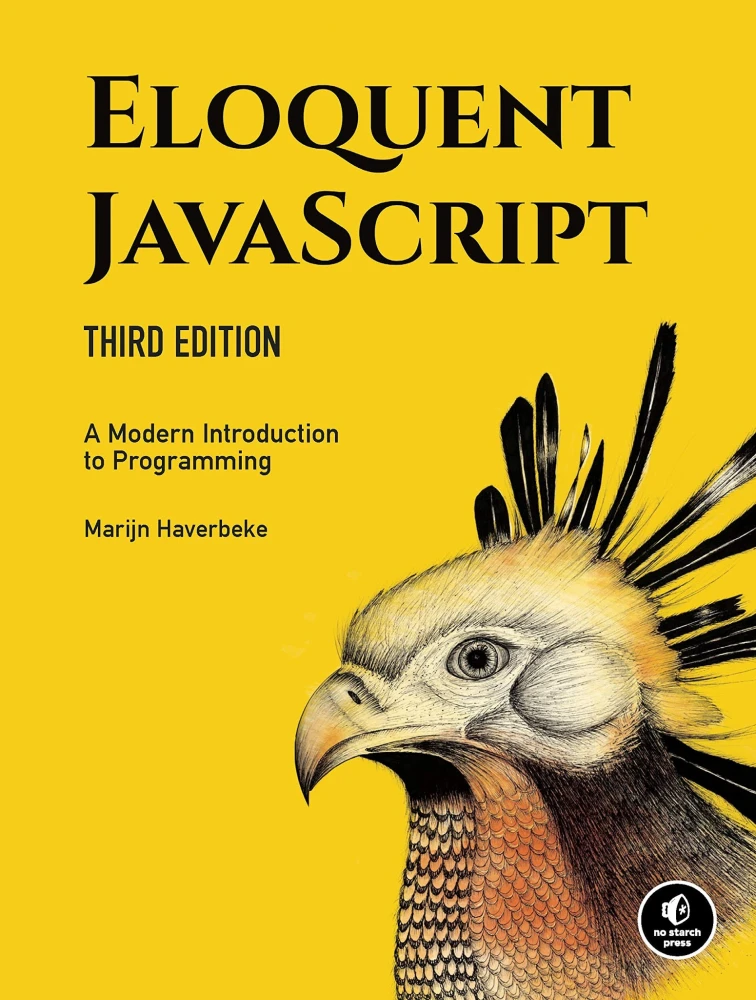
Book Details
| Author | Marijn Haverbeke |
| Publisher | No Starch Press |
| Published | 2018 |
| Edition | 3rd |
| Paperback | 448 pages |
| Language | English |
| ISBN-13 | 9781593279509 |
| ISBN-10 | 1593279507 |
| License | Creative Commons Attribution-NonCommercial |
Book Description
JavaScript lies at the heart of almost every modern web application, from social apps like Twitter to browser-based game frameworks like Phaser and Babylon. Though simple for beginners to pick up and play with, JavaScript is a flexible, complex language that you can use to build full-scale applications.
This much anticipated and thoroughly revised third edition of Eloquent JavaScript dives deep into the JavaScript language to show you how to write beautiful, effective code. It has been updated to reflect the current state of JavaScript and web browsers and includes brand-new material on features like class notation, arrow functions, iterators, async functions, template strings, and block scope. A host of new exercises have also been added to test your skills and keep you on track.
As with previous editions, Haverbeke continues to teach through extensive examples and immerses you in code from the start, while exercises and full-chapter projects give you hands-on experience with writing your own programs. You start by learning the basic structure of the JavaScript language as well as control structures, functions, and data structures to help you write basic programs. Then you'll learn about error handling and bug fixing, modularity, and asynchronous programming before moving on to web browsers and how JavaScript is used to program them. As you build projects such as an artificial life simulation, a simple programming language, and a paint program, you'll learn how to:
- Understand the essential elements of programming, including syntax, control, and data
- Organize and clarify your code with object-oriented and functional programming techniques
- Script the browser and make basic web applications
- Use the DOM effectively to interact with browsers
- Harness Node.js to build servers and utilities
This book is available under a Creative Commons Attribution-NonCommercial license (CC BY-NC), which means that you are free to copy, distribute, and modify it, as long as you attribute the source and don't use it for commercial purposes.
If you enjoyed the book and would like to support the author, you can purchase a printed copy (hardcover or paperback) from official retailers.
Download and Read Links
Share this Book
[localhost]# find . -name "*Similar_Books*"
Programming for Computations - Python, 2nd Edition
This book presents computer programming as a key method for solving mathematical problems. This second edition of the well-received book has been extensively revised: All code is now written in Python version 3.6 (no longer version 2.7). In addition, the two first chapters of the previous edition have been extended and split up into five new chapte
Programming Persistent Memory
Beginning and experienced programmers will use this comprehensive guide to persistent memory programming. You will understand how persistent memory brings together several new software/hardware requirements, and offers great promise for better performance and faster application startup times - a huge leap forward in byte-addressable capacity compar
Building Modern Web Applications With Spring Boot and Vaadin
This guide is a practical introduction to web application development with Spring Boot and Vaadin. It covers the entire development process, from setup to deployment, following a step-by-step approach. You can replicate each section at your own pace as you follow along. The content is suitable for anyone familiar with Java who wants to build a web
Introduction to Programming using Fortran 95/2003/2008
This open book provides an introduction to programming and problem solving using the Fortran 95/2003/2008 programming language. This introduction is geared for non-computer science majors. The primary focus is on an introduction to problem solving and algorithm development. As such, many details of the Fortran 95/2003/2008 language are omitted. Pro
Introduction to Programming Using Java
Introduction to Programming Using Java is a free, introductory computer programming book that employs Java as its language of instruction. This particular version of the book covers Java 17. It is designed for use in introductory programming courses and is also suitable for self-learners. The author notes that there are no prerequisites other than
Certified Programming with Dependent Types
A handbook to the Coq software for writing and checking mathematical proofs, with a practical engineering focus. The technology of mechanized program verification can play a supporting role in many kinds of research projects in computer science, and related tools for formal proof-checking are seeing increasing adoption in mathematics and engineerin


